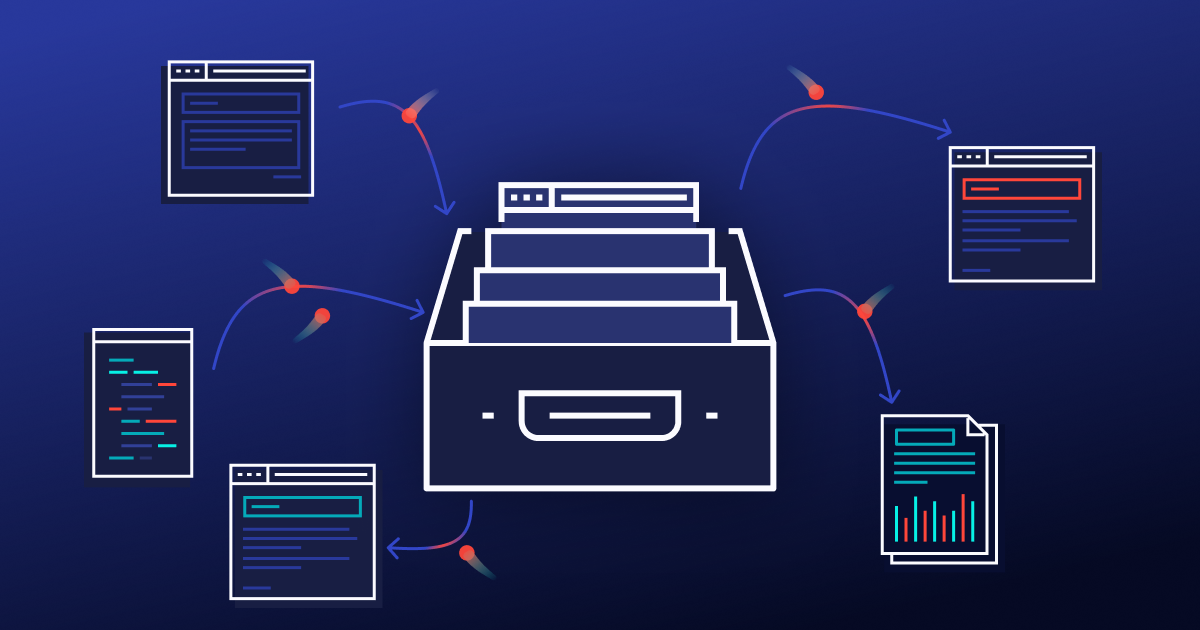
Insecure deserialization is a critical vulnerability that can be found in web applications and is often exploited by malicious actors to compromise system integrity, confidentiality, and availability. Deserialization is the process of converting data from a serialized format (such as JSON, XML, or binary) back into objects in memory. When deserialization is not properly implemented or validated, attackers can inject malicious data, leading to severe security breaches. In this article, we will explore the concept of insecure deserialization and how it can be exploited in web applications.
Understanding Insecure Deserialization: Insecure deserialization occurs when a web application blindly trusts and processes serialized data without proper validation and sanitization. Attackers can craft malicious payloads that are then executed during the deserialization process, leading to various attack scenarios.
Exploitation Techniques
There are several common techniques used by attackers to exploit insecure deserialization vulnerabilities:
1. Remote Code Execution (RCE): One of the most severe consequences of insecure deserialization is the ability for attackers to achieve remote code execution. By manipulating serialized data, an attacker can inject arbitrary code into the application's memory and execute it on the server. This allows them to take control of the entire system, leading to full compromise and potential data theft.
2. Denial of Service (DoS): Insecure deserialization can also be used for denial-of-service attacks. Attackers can craft specially designed payloads that cause the application to consume excessive resources during the deserialization process, leading to system crashes or unresponsiveness.
3. Privilege Escalation: In some cases, deserialization vulnerabilities can be used to escalate privileges within the application. By altering serialized data, attackers can gain unauthorized access to administrative functions or user accounts with elevated privileges.
4. Data Tampering: Insecure deserialization can enable attackers to modify serialized data to manipulate application behavior or change critical data, leading to unauthorized actions and potential data integrity issues.
Exploitation Steps
The steps for exploiting insecure deserialization typically involve the following:
Identifying Vulnerable Points: The first step for attackers is to identify web applications that suffer from insecure deserialization vulnerabilities. This can be done through security scanning tools or manual code analysis.
Crafting Malicious Payloads: Attackers create specially crafted payloads designed to exploit the deserialization vulnerability. These payloads can be in various formats, such as JSON, XML, or binary, depending on the application's serialization process.
Injecting the Payload: The malicious payload is injected into the application, often through user inputs, cookies, or HTTP headers.
Triggering Deserialization: The application processes the malicious payload and attempts to deserialize it into objects in memory.
Executing the Exploit: If the application does not properly validate and sanitize the serialized data, the malicious code within the payload is executed, leading to the desired outcome (e.g., RCE, DoS, privilege escalation).
Mitigation Strategies
To protect web applications from insecure deserialization attacks, developers and security teams should implement the following best practices:
Input Validation and Sanitization: Always validate and sanitize user input and external data before deserialization.
Implement Integrity Checks: Apply cryptographic integrity checks to ensure that serialized data has not been tampered with during transit.
Secure Deserialization Libraries: Use trusted and secure deserialization libraries and frameworks that have built-in protections against common attacks.
Least Privilege Principle: Ensure that the application runs with the least privileges necessary to minimize the potential impact of a successful exploit.
Logging and Monitoring: Implement comprehensive logging and monitoring to detect and respond to potential deserialization attacks.
Regular Patching: Keep all libraries, frameworks, and components up-to-date with the latest security patches.
Conclusion
Insecure deserialization is a dangerous vulnerability that can have severe consequences for web applications and their users. Understanding how attackers exploit this vulnerability is crucial for developers and security professionals to implement robust security measures and protect their applications from potential exploits. Regular security testing, code reviews, and adherence to best practices are essential to mitigate the risk of insecure deserialization in web applications.




